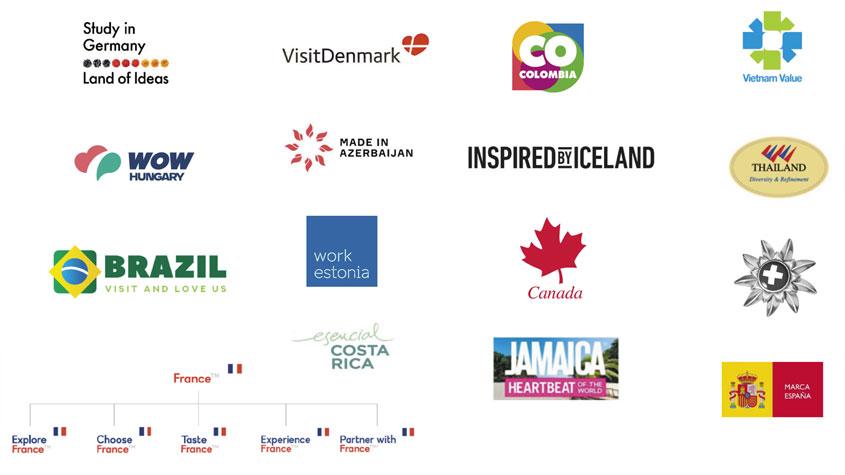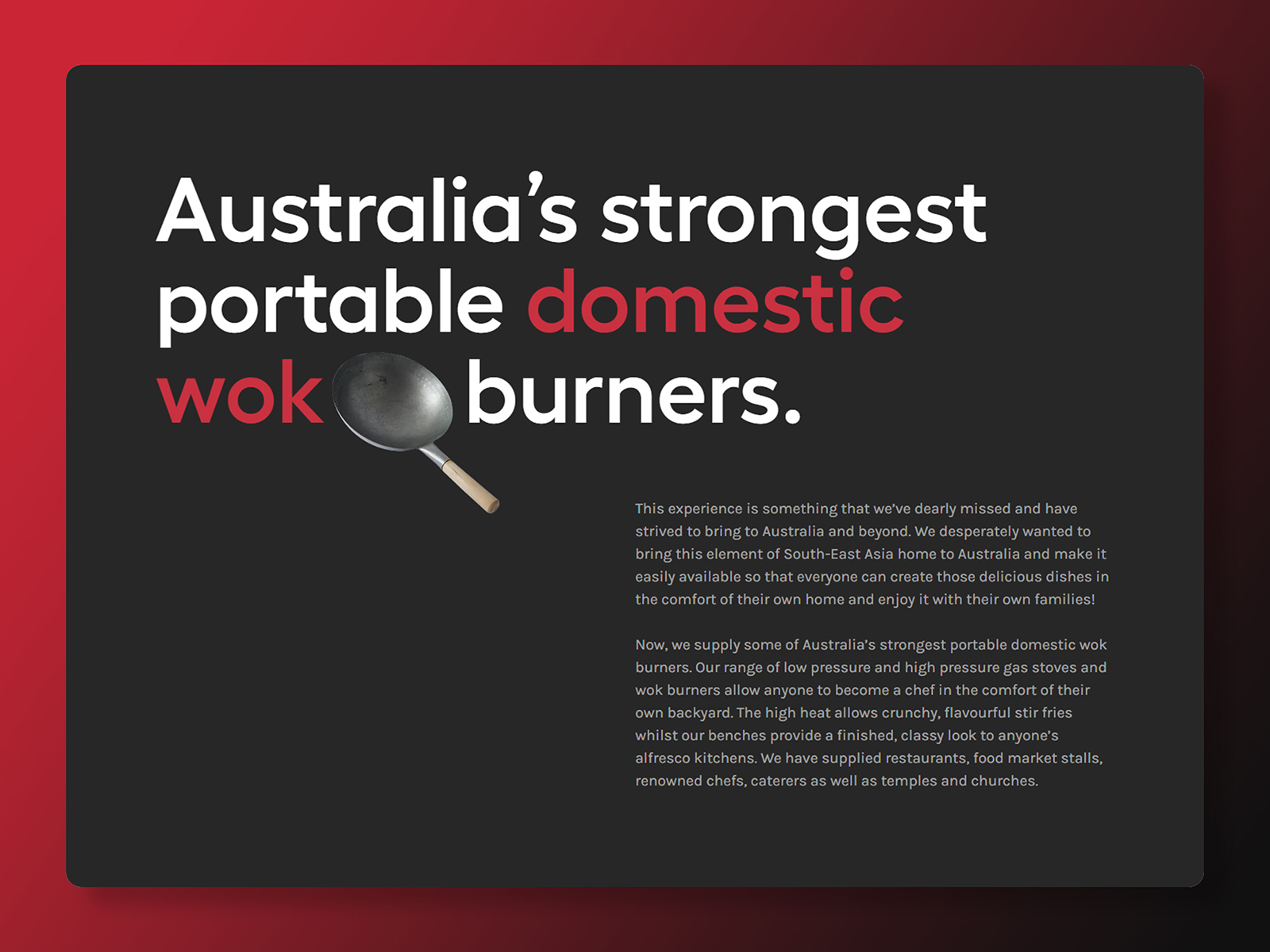
Are you tired of seeing embarrassing logo fails when companies try to expand into new global markets? From offensive designs to unintentional innuendos, it seems like some brands just can’t get it right. But fear not, dear readers, for we are here to shed light on the crucial role of cultural sensitivity in global logo design. So grab your cultural sensitivity goggles and get ready to dive into the world of logo design faux pas – with a side of laughter and a sprinkle of enlightenment. Let’s explore how a little bit of sensitivity can go a long way in creating a logo that resonates with audiences around the world.
Understanding Cultural Significance
Imagine a world where pineapple on pizza was considered a cultural delicacy rather than a culinary abomination. helps us navigate through the quirky customs and traditions that make each society unique. Here are a few key points to keep in mind:
- Traditions: From the annual Cheese Rolling Festival in England to the throwing of water at Songkran in Thailand, cultural traditions offer a window into the soul of a society. Embrace the weird and wonderful, because let’s face it, who doesn’t want to witness a grown adult dressed as a giant cheese wheel hurtling down a hill?
- Language: Words matter. Whether it’s mastering the subtle nuances of sarcasm in British English or deciphering the hidden meanings of emojis in Japanese messaging, language is a key to unlocking cultural understanding. Just remember, “LOL” doesn’t always mean “laughing out loud.”
- Food: They say the way to a person’s heart is through their stomach, and the same can be said for understanding a culture. Whether it’s slurping noodles in Japan or savoring a croissant in France, food is a universal language that brings people together. Just don’t forget to ask for extra guac in Mexico – it’s practically a cultural requirement.
So, next time you find yourself scratching your head at a cultural quirk, take a moment to appreciate the beauty of diversity. After all, life would be pretty dull without a little pineapple on pizza to spice things up.
Researching Cultural Symbols
When diving into the vast world of cultural symbols, it’s important to approach your research with an open mind and a sense of curiosity. After all, you never know what hidden meanings or fascinating histories you may uncover along the way!
One helpful tip for is to start by exploring different cultures and their unique symbols. From the intricate patterns of Native American dreamcatchers to the bold colors of Chinese dragons, there’s no shortage of rich symbolism to discover.
As you delve deeper into your research, don’t be afraid to get creative with your approach. Try creating a mood board or Pinterest board to visually explore different symbols and their meanings. And don’t forget to take plenty of notes - you never know when a seemingly insignificant detail may turn out to be a vital piece of the puzzle!
Remember, is all about uncovering new perspectives and expanding your worldview. So don’t be afraid to think outside the box and embrace the unexpected - you never know what hidden treasures you may unearth in the process!

Adapting Design for Different Markets
So, you’ve got a killer design that’s been a hit in one market, but now you want to take it worldwide. Well, strap in, because it’s going to be a bumpy ride. Different markets have different tastes and preferences, so you’ll need to tweak your design to appeal to a whole new demographic. But fear not, dear designer, for I am here to guide you through the murky waters of market adaptation.
First things first, do your research. You can’t just waltz into a new market blind and expect to hit the jackpot. Take the time to understand the cultural nuances and consumer behavior of your target market. What may be considered chic and trendy in one country could be a fashion faux pas in another. Keep your finger on the pulse of local trends and incorporate them into your design.
Next, consider the language barrier. Your clever puns and witty wordplay may not translate well into other languages. Keep your messaging simple and universal to ensure that your design resonates with a global audience. And don’t be afraid to enlist the help of a translator – they can save you from some embarrassing misunderstandings.
Lastly, don’t be afraid to think outside the box. Sometimes, the craziest ideas are the ones that catch on in a new market. Embrace the weird and the wacky, and who knows? Your design could become the next big thing overseas. So, go forth, intrepid designer, and conquer the world – one market at a time!

Avoiding Offensive Imagery
It’s important to be mindful of the imagery we use in our content to ensure we don’t offend anyone unintentionally. Here are some tips to help you navigate the tricky world of visual communication:
- Consider your audience – Think about who will be viewing your content and avoid using imagery that may be offensive to them.
- Stay away from stereotypes – **One-dimensional portrayals of people based on race, gender, or other characteristics can be harmful and perpetuate harmful stereotypes.**
- Choose carefully – **When in doubt, it’s better to err on the side of caution and go with a more neutral image.**
Remember, a picture is worth a thousand words, so make sure the message your visuals convey is one of inclusivity and respect. By following these tips, you can create content that is both engaging and sensitive to the diverse perspectives of your audience.

Collaborating with Local Experts
When it comes to , it’s all about finding the right fit for your project. Whether you need a master chef to help with a food-themed event or a street artist to add flair to a neighborhood mural, local experts can bring their unique talents to the table.
One of the best parts about working with local experts is the opportunity to learn from their expertise. From secret recipes to unconventional art techniques, collaborating with these experts can open up a whole new world of possibilities. Plus, you never know what hidden talents and quirky personalities you might discover along the way!
By working side by side with the local experts in your community, you can create something truly special that reflects the spirit and creativity of your surroundings. Whether you’re hosting a community event or launching a new project, collaborating with these experts can help elevate your efforts to a whole new level.
So don’t be afraid to reach out and connect with the talented individuals in your area. Embrace the opportunity to work together and watch as your ideas come to life in ways you never imagined!
Implementing Feedback from Diverse Audiences
So, you’ve received feedback from a diverse group of audiences and now you’re wondering how to implement it. Well, fear not! We’ve got some tips to help you navigate this tricky terrain.
First and foremost, it’s important to take all feedback into consideration, no matter how contradictory it may seem. Remember, everyone has their own unique perspective and experiences that shape their opinions. Embrace the chaos and use it to your advantage!
Next, **prioritize** your feedback based on the needs and wants of your target audience. Not all feedback is created equal, so make sure to focus on the suggestions that will have the biggest impact on your project or product.
Finally, don’t be afraid to get creative with how you implement feedback. Think outside the box and try new things – you never know what might resonate with your audience. And remember, feedback is a gift, even if it comes in the form of a strongly worded email from Karen in accounting.
FAQs
What are some key factors to consider when designing a logo for a global audience?
Well, my dear reader, when it comes to global logo design, one must remember to tread lightly like a diplomatic ambassador. Cultural nuances, color symbolism, and even font choices can make or break a logo’s success in different parts of the world. It’s like navigating a minefield, but with less explosions (hopefully).
How can cultural sensitivity impact the success of a logo design?
Ah, cultural sensitivity, the unsung hero of global logo design! Ignoring cultural context can lead to unintentional blunders that could offend entire populations. Remember the time Pepsi thought a blue and red logo could bring world peace? Yeah, let’s not go down that road, shall we?
Can you give an example of a global logo design that failed to consider cultural sensitivity?
Ah, yes, the infamous case of the Starbucks logo debacle in Saudi Arabia. They decided to remove the iconic siren image from their coffee cups because it was deemed inappropriate in the conservative culture of Saudi Arabia. Suddenly, Starbucks became a mermaid-less wonderland in the Middle East.
How can designers research and incorporate cultural elements into their logo designs?
Research, research, and more research! Dive into the deep oceans of cultural traditions, symbolism, and taboos of your target audience. Consult with local experts, study the competition, and, if all else fails, just ask the locals. They always know best.
What are some tips for designers to maintain cultural sensitivity in their logo designs?
Ah, my young padawan, to maintain cultural sensitivity in logo design, one must be like a chameleon, blending seamlessly into different environments. Stay away from stereotypes, be respectful of traditions, and always be willing to adapt and learn. Remember, cultural sensitivity is not just a buzzword, it’s a way of life in the global design world.
In Conclusion: Embrace your Inner Design Diplomat!
Remember, when it comes to global logo design, cultural sensitivity is key. So next time you’re brainstorming a new logo for an international brand, channel your inner design diplomat and think outside the box. Because at the end of the day, a well-designed logo that resonates with diverse audiences can make all the difference in the world (quite literally!). Happy designing!











